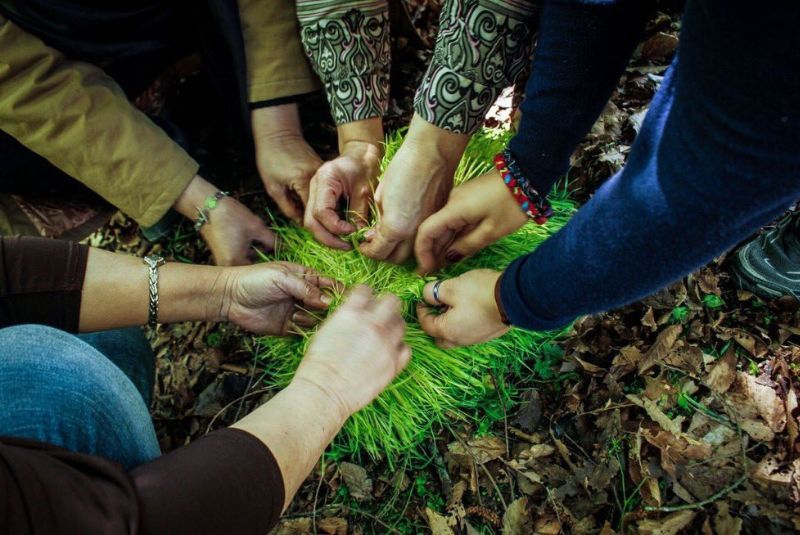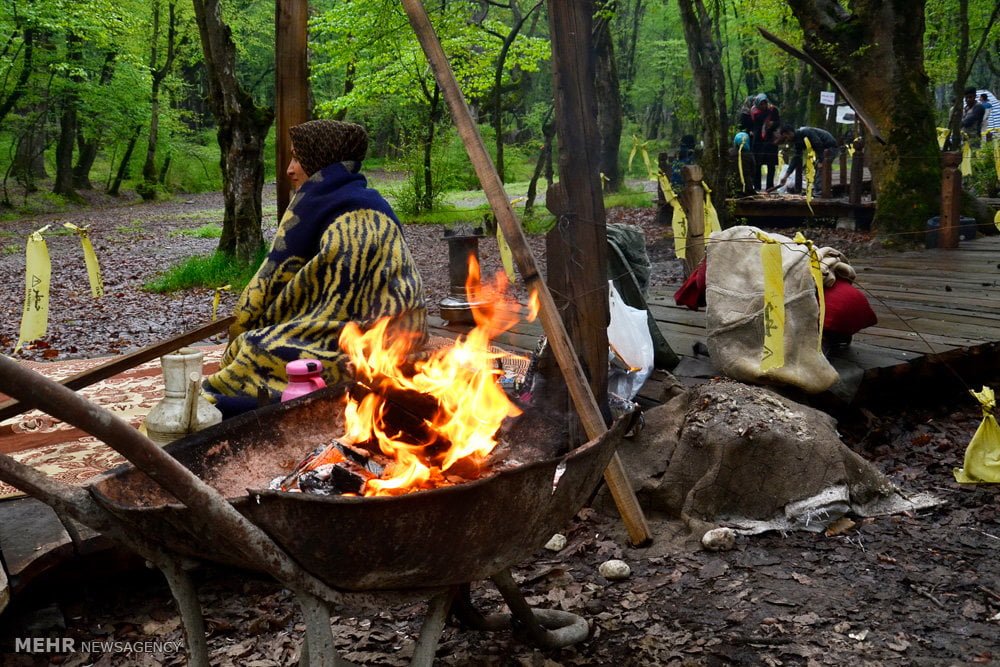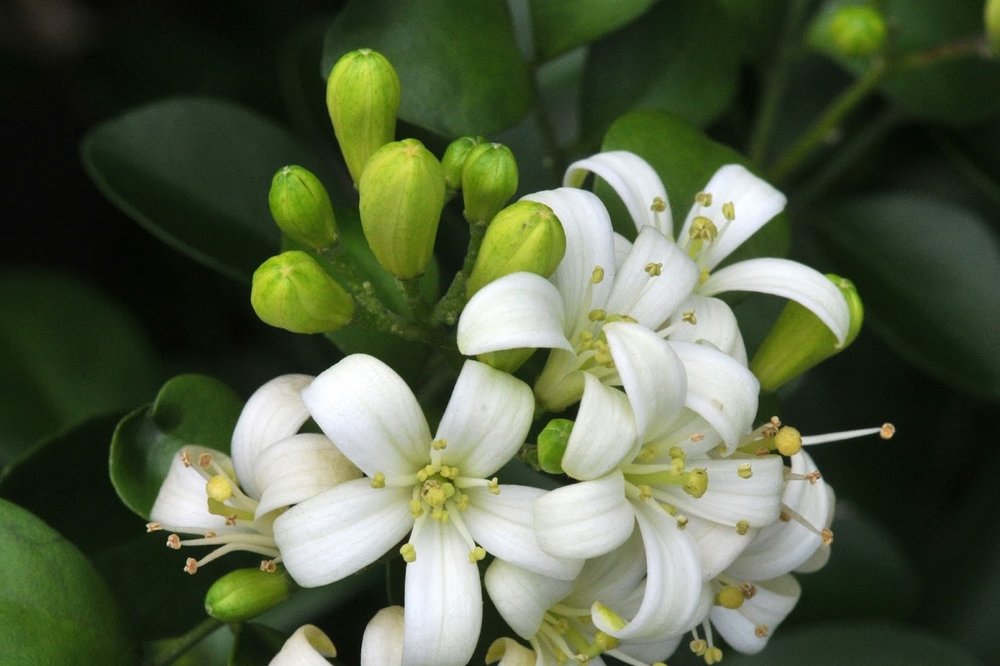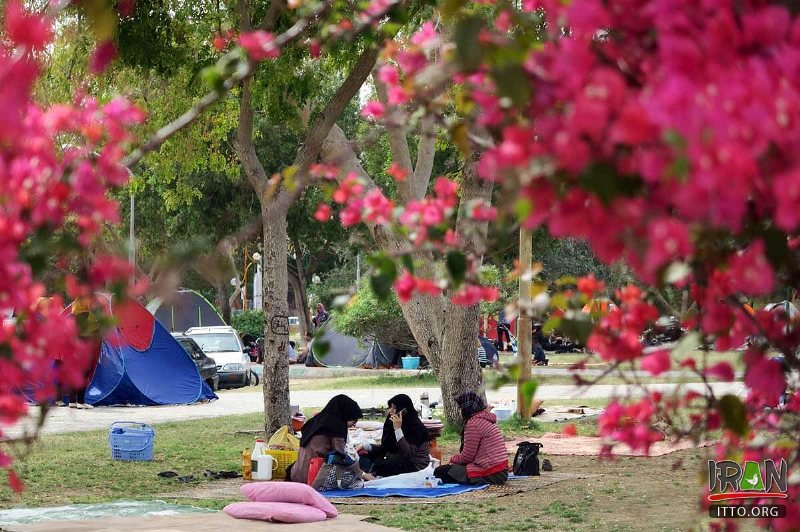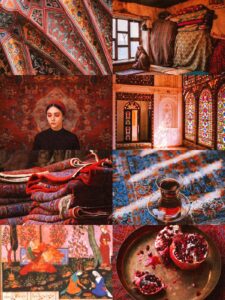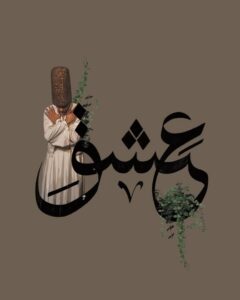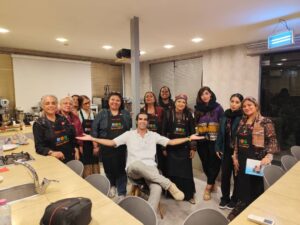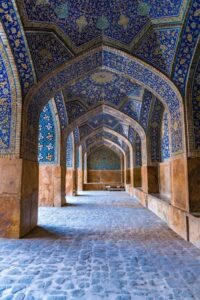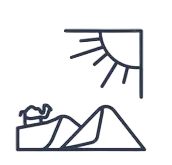If you ever visit Iran in spring, there’s a special day you should not miss. It’s called Sizdah Bedar, and it happens on the 13th day of Nowruz, the Persian New Year. But don’t let the number 13 scare you, in Iran, this day is not about bad luck. It’s about joy, freedom, and connection with nature.
In the early morning, homes across the country buzz with excitement. Mothers prepare homemade food (rice dishes, herbs, kebabs, and sweets) while fathers pack the cars with folding chairs, rugs, and watermelons. Children run around the house, shouting, helping (a little), and waiting impatiently for the adventure to begin.
Soon, highways are full of cars heading out of the city. Families laugh, sing, and sometimes get a little lost—but no one really minds. Because the goal is the same: to be outside, to breathe, and to feel free.
In parks, gardens, by rivers or on hillsides, groups set up their spaces—spreading colorful tablecloths, sharing food, playing games, and telling stories. Children chase butterflies or fly kites. Teenagers play guitar. Grandparents close their eyes and rest in the sun.
Sizdah Bedar is also a time to let go of negative energy. One of the oldest traditions is to tie knots in blades of grass while making a wish—often for love, health, or hope—and then throw the grass into a river. This act is more than symbolic. It’s emotional. It says: I’m ready to move on. I’m ready to grow.
This festival is not about performance. It’s about being present.
It’s simple. It’s beautiful. It’s the soul of Iranian culture—family, nature, and new beginnings.
If you are in Iran during Nowruz, don’t stay indoors on the 13th day.
Go out. Join a local family. Share their joy. Fly a kite. Sit in the grass. Tie your wish into the wind.
Because in Iran, even letting go is something we celebrate—with open skies, open hearts, and a picnic basket full of love.
